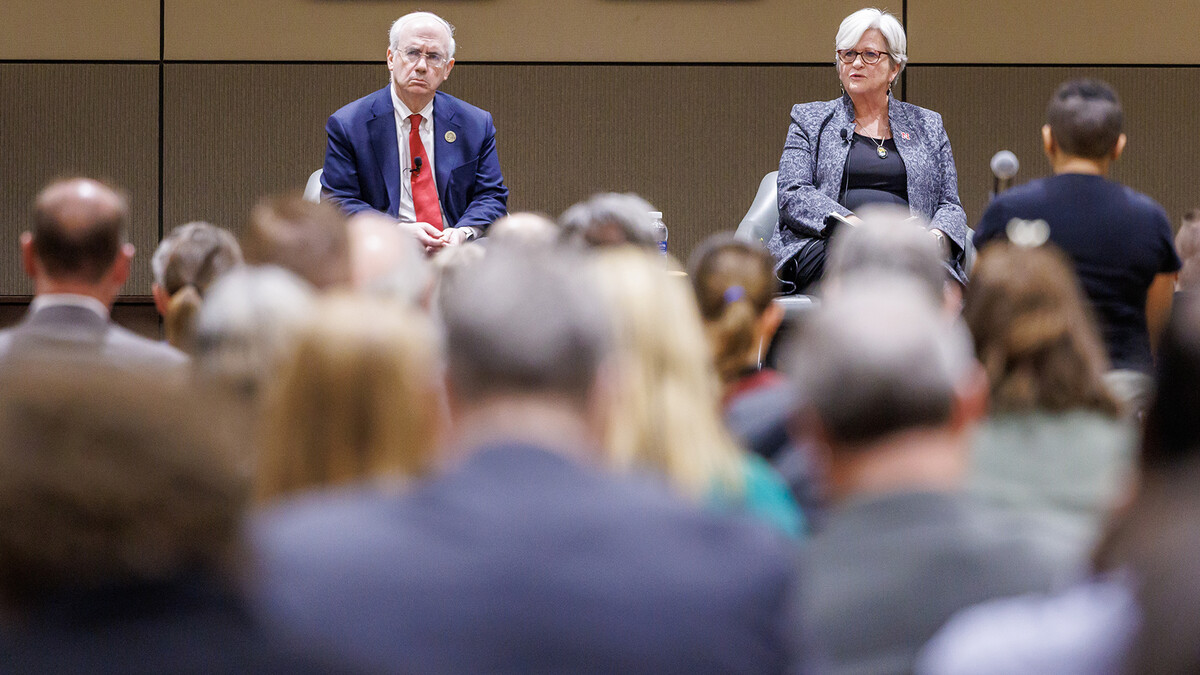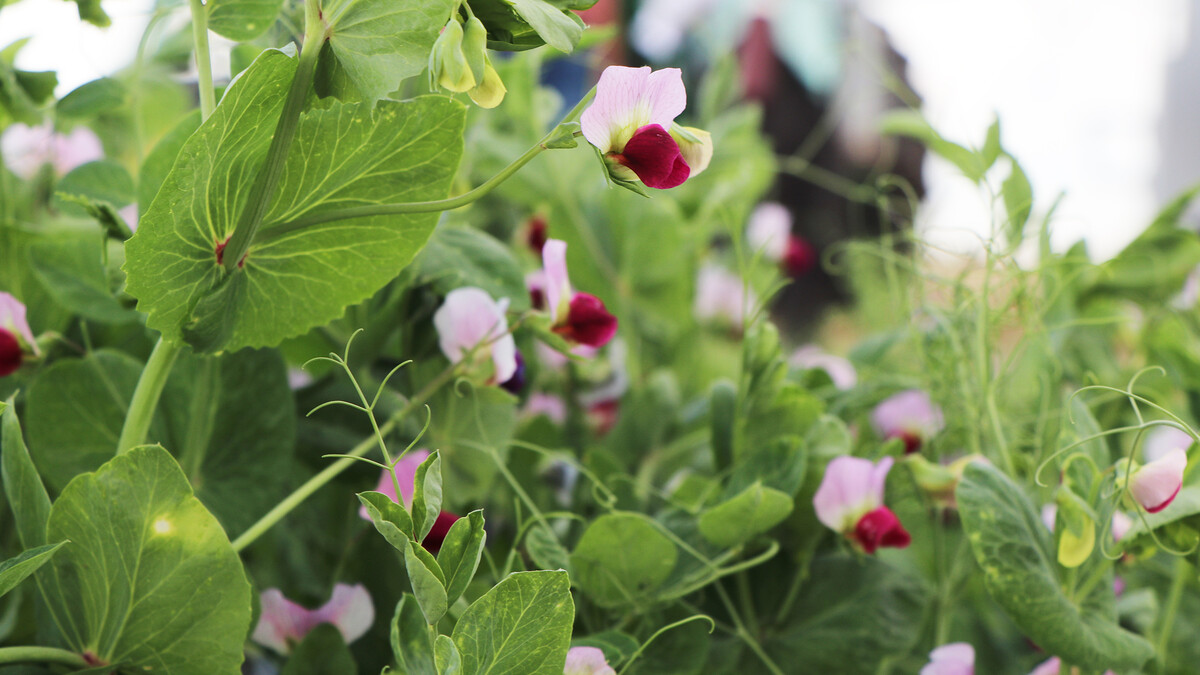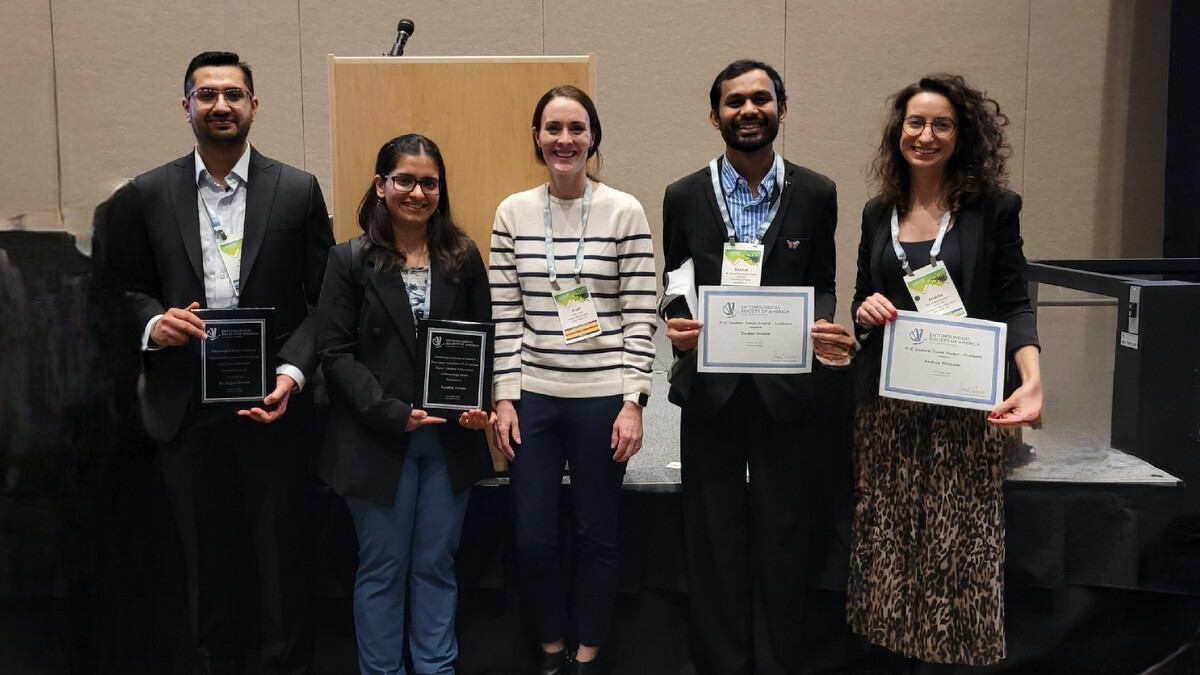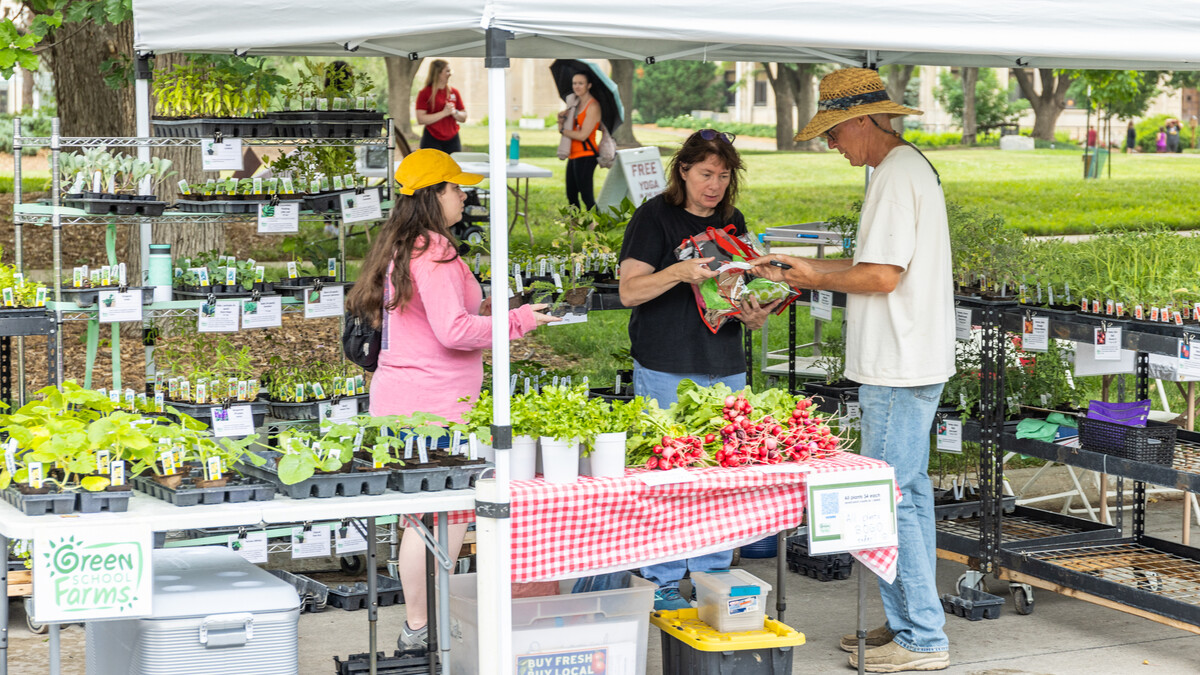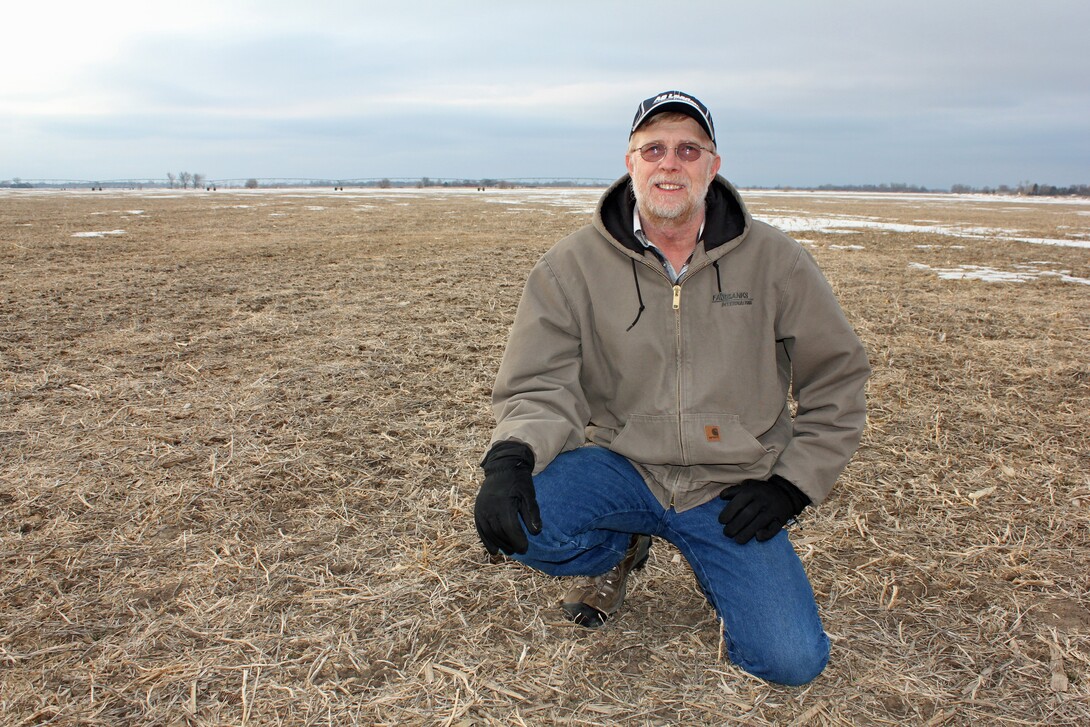
November 28, 2018
Lincoln, Neb. — While fall harvest wraps up the final phase of the production season, now is also when growers are making plans for the 2019 growing season. If growers are looking for confirmation the production practices they used this year were profitable, they can turn to the Nebraska On-Farm Research Network.
The Nebraska On-Farm Research Network (NOFRN) provides a way for growers to validate their production practices and make decisions for future years based on what they have learned in their own fields. Research typically is conducted with the producer’s equipment, on the producer’s land and using the producer’s management practices. The on-farm research team works with growers to develop custom plans for research experiments.
“A number of projects can be planned and evaluated in the 2019 growing season, such as soil fertility, cover crop management, starter fertilizer, row spacing, seed treatments, plant populations, variable rate planting prescriptions and in-season fertilizer applications,” says Laura Thompson, extension educator. “Now is the time to start planning these studies. I would encourage people who are interested in doing a study to visit with a Nebraska Extension educator.”
According to Thompson, extension educators can help producers plan a study so they will have confidence in the results. They can also help provide opportunities for additional data to be collected, such as aerial imagery, photographs and other measurements.
Don Batie, a corn-soybean farmer near Lexington, conducted two on-farm research studies in 2017.
“I’m a firm believer of testing it out before we implement a change. We try things all the time, but by doing the on-farm research with the university, we used a statistical approach that brought a lot more confidence to the findings,” said Batie.
South-central Nebraska farmer Ken Herz raises corn, wheat, soybeans, and alfalfa and has a cow-calf operation on a dryland farm. Herz researched the effects of grazing cover crops after wheat in a three-year corn-soybean-wheat rotation.
“This experience has been extremely rewarding. I would encourage anyone who has questions about agronomic practices that have not been researched to consider doing some on-farm research,” Herz said.
NOFRN is a collaborative partnership of Nebraska Extension, the Nebraska Corn Growers Association, the Nebraska Corn Board, the Nebraska Soybean Checkoff and the Nebraska Dry Bean Commission. The goal of the network is to put to use a statewide on-farm research program addressing critical farmer production, profitability and natural resources questions.
For more information on the project or how to participate, call 402-624-8030, email laura.thompson@unl.edu, contact a local Nebraska Extension office or visit cropwatch.unl.edu/farmresearch.
Laura ThompsonExtension Educator - Ag Technology
Nebraska Extension
402-245-2224
laura.thompson@unl.edu


